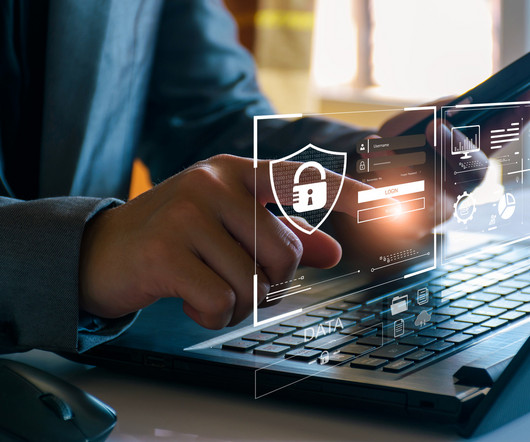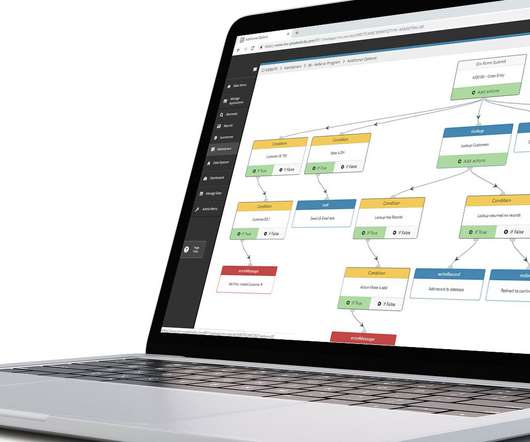Balancing Resource Sharing in Multi-tenant Architectures with Single-tenant Services
KineticData
MARCH 20, 2024
Understanding the Landscape In multi-tenant architectures, resources such as computing power, databases, and network resources are shared among various users or clients, referred to here as tenants. This article delves into these challenges, focusing on strategies to ensure security, scalability, and performance in shared environments.

























Let's personalize your content